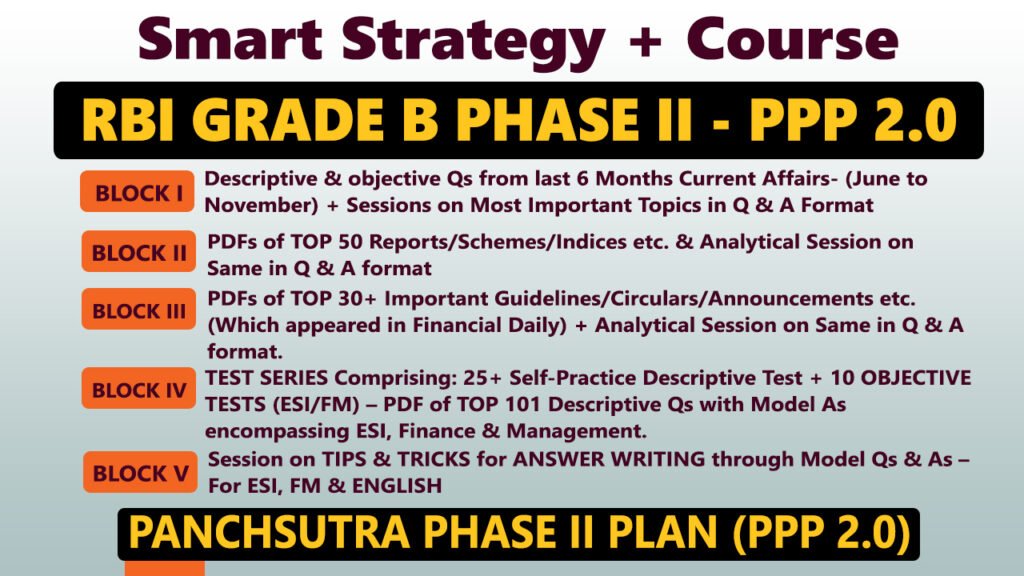Context:
The Union Cabinet has recently approved the PM-Dhan Dhaanya Krishi Yojana (PM-DDKY), a targeted initiative aimed at improving agricultural outcomes in low-productivity districts through district-level planning, convergence, and performance-based monitoring.
Key Features of PM-DDKY
- Targeted Approach: Focuses on at least one district per state that shows low agricultural productivity, low cropping intensity, and poor credit uptake.
- Systemic Reform: Moves away from universal subsidies towards performance-driven, need-based interventions.
- Objectives:
- Crop diversification
- Promotion of sustainable farming
- Development of irrigation and post-harvest infrastructure
- Enhanced access to formal finance
- Monitoring Framework: 117 performance indicators will be tracked regularly across 100 identified districts.
Historical Parallels
- Inspired by the Intensive Agriculture District Programme (IADP) of the 1960s and Intensive Agriculture Area Programme (IAAP), which laid the foundation for the Green Revolution through focused district-level planning.
Institutional Mechanism
- District Dhan Dhaanya Samiti:
- Will ensure inclusive governance by involving:
- Panchayats
- FPOs
- SHGs
- Agri-entrepreneurs
- Private players
- Farmer cooperatives
Potential Challenges
- Administrative Complexity: Convergence of 36 central schemes from 11 departments may create bureaucratic hurdles.
- Over-monitoring Risk: Tracking 117 indicators monthly could lead to “box-ticking” rather than outcome-based implementation.
- Climate Vulnerabilities: Many selected districts may face:
- Erratic rainfall
- Groundwater depletion
- Soil degradation
Climate-Resilient Strategy Recommendations
- Embed climate-smart agriculture into district plans:
- Drought-resistant seeds
- Precision irrigation
- Agroforestry
- Promote:
- Decentralised water budgeting
- Localised weather forecasting
- Align with NITI Aayog’s 2019 recommendation of water-focused state agricultural policy design.
BS



















